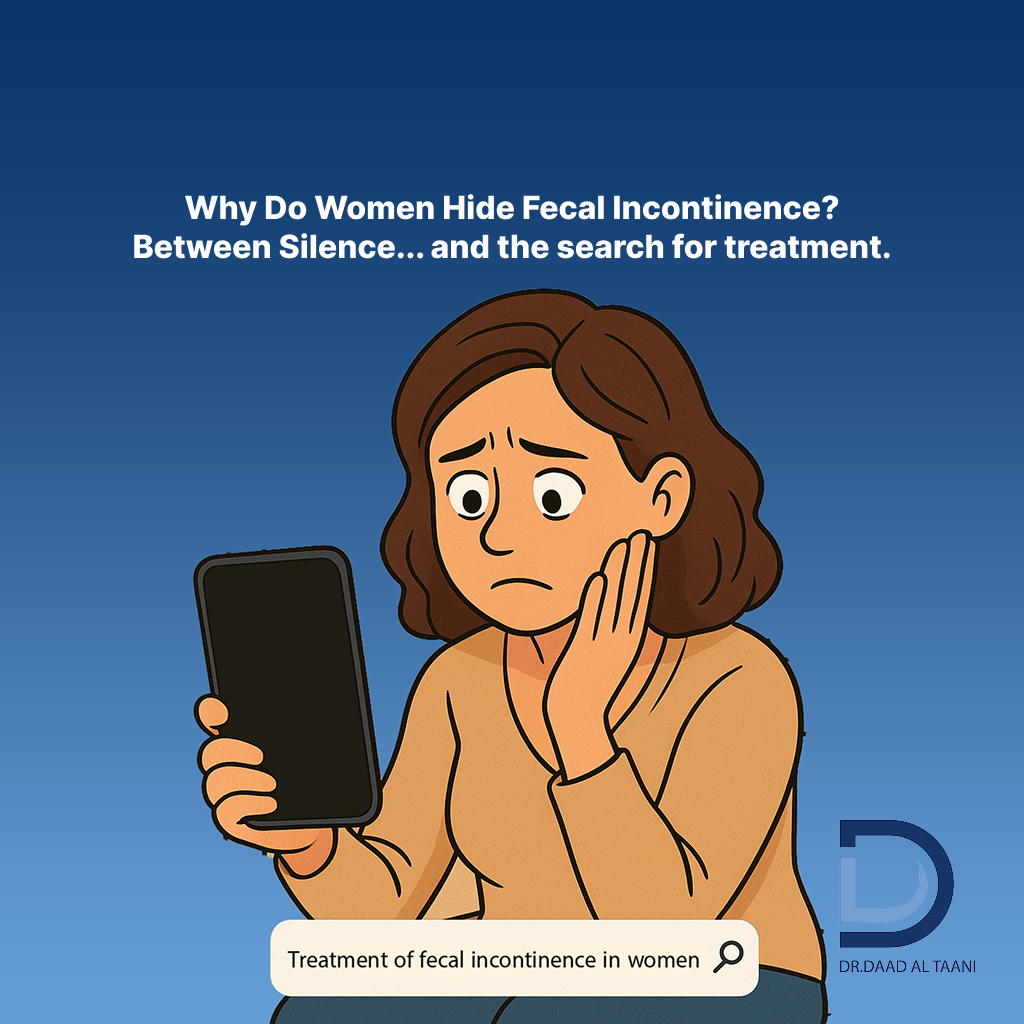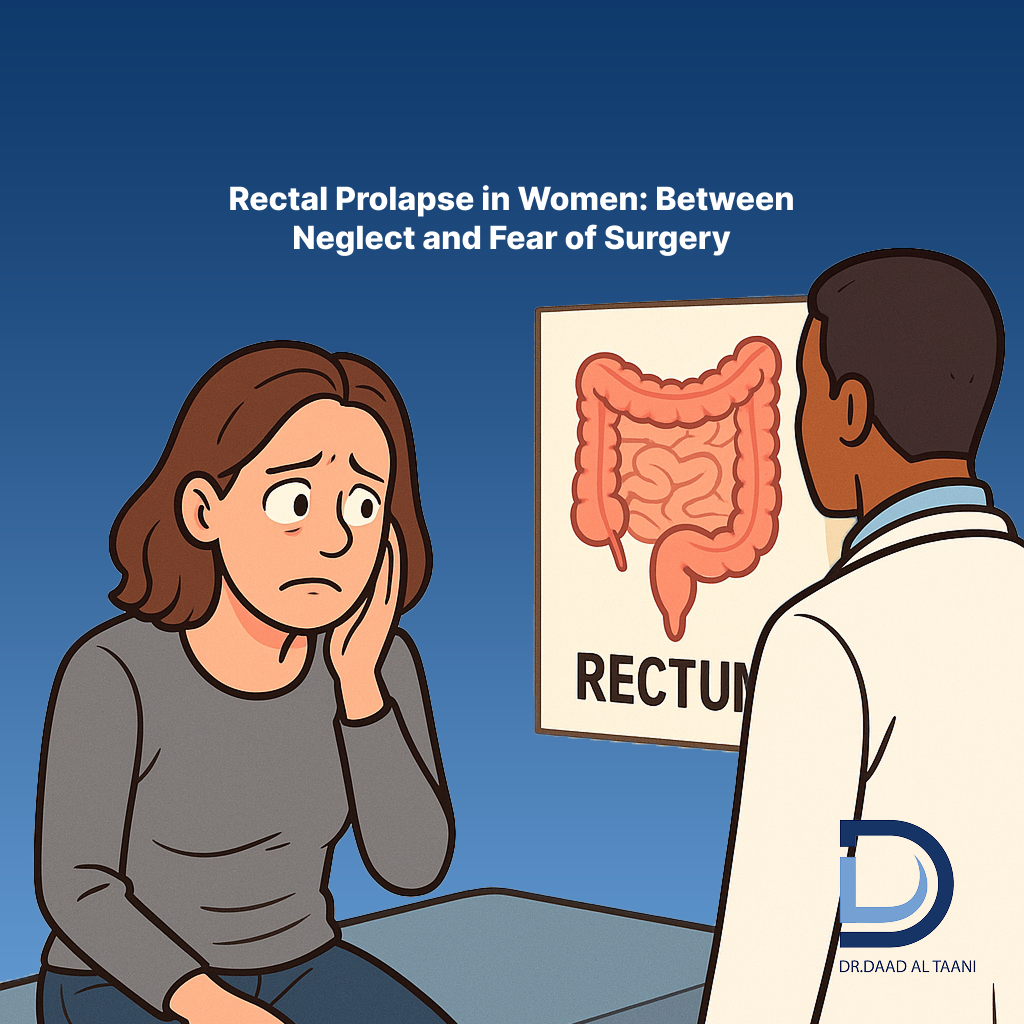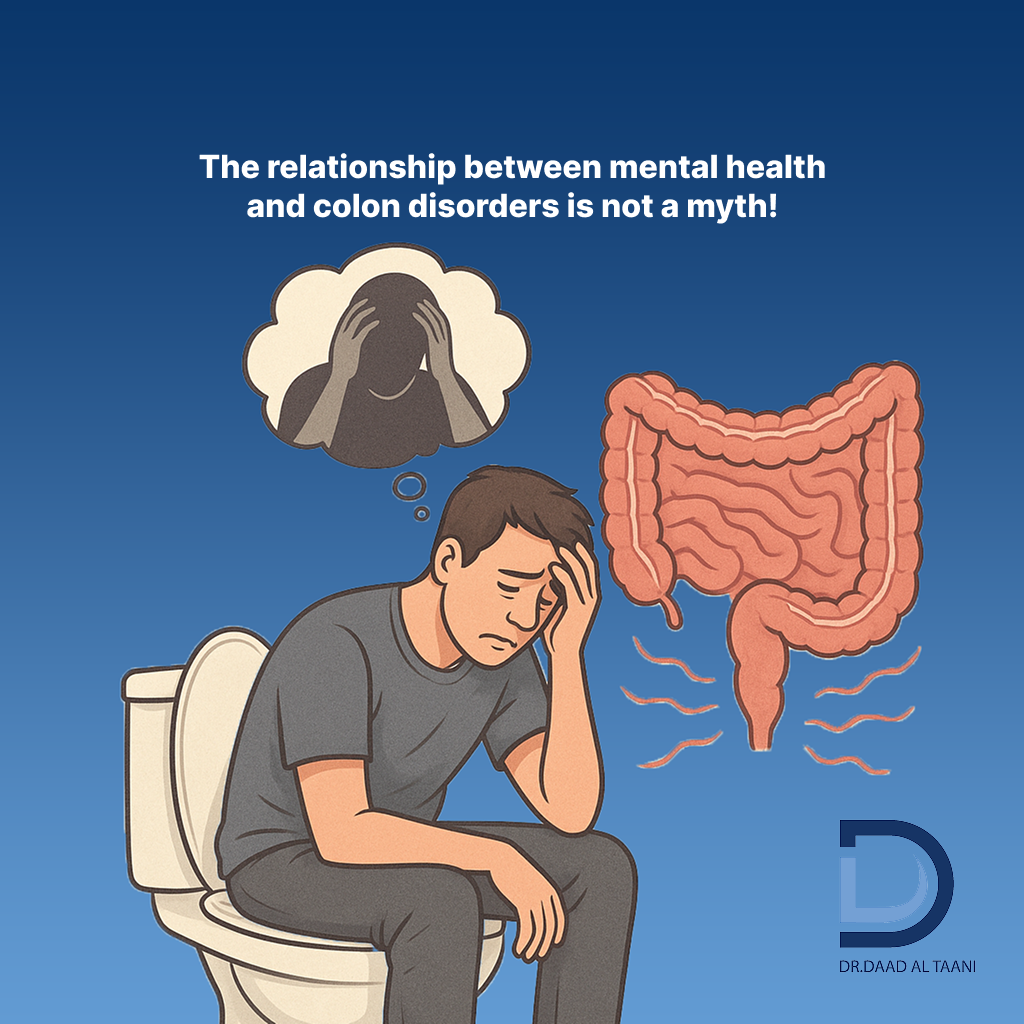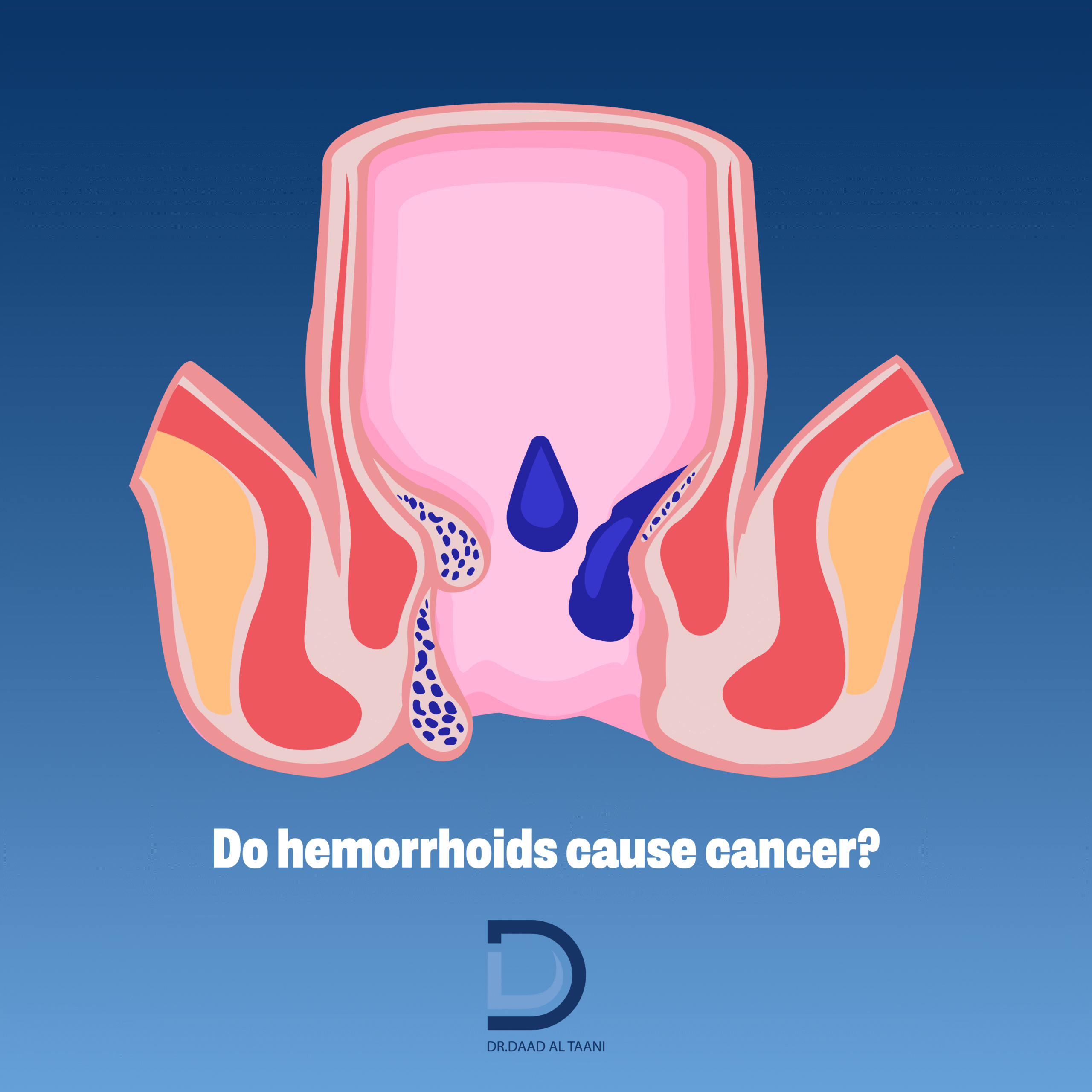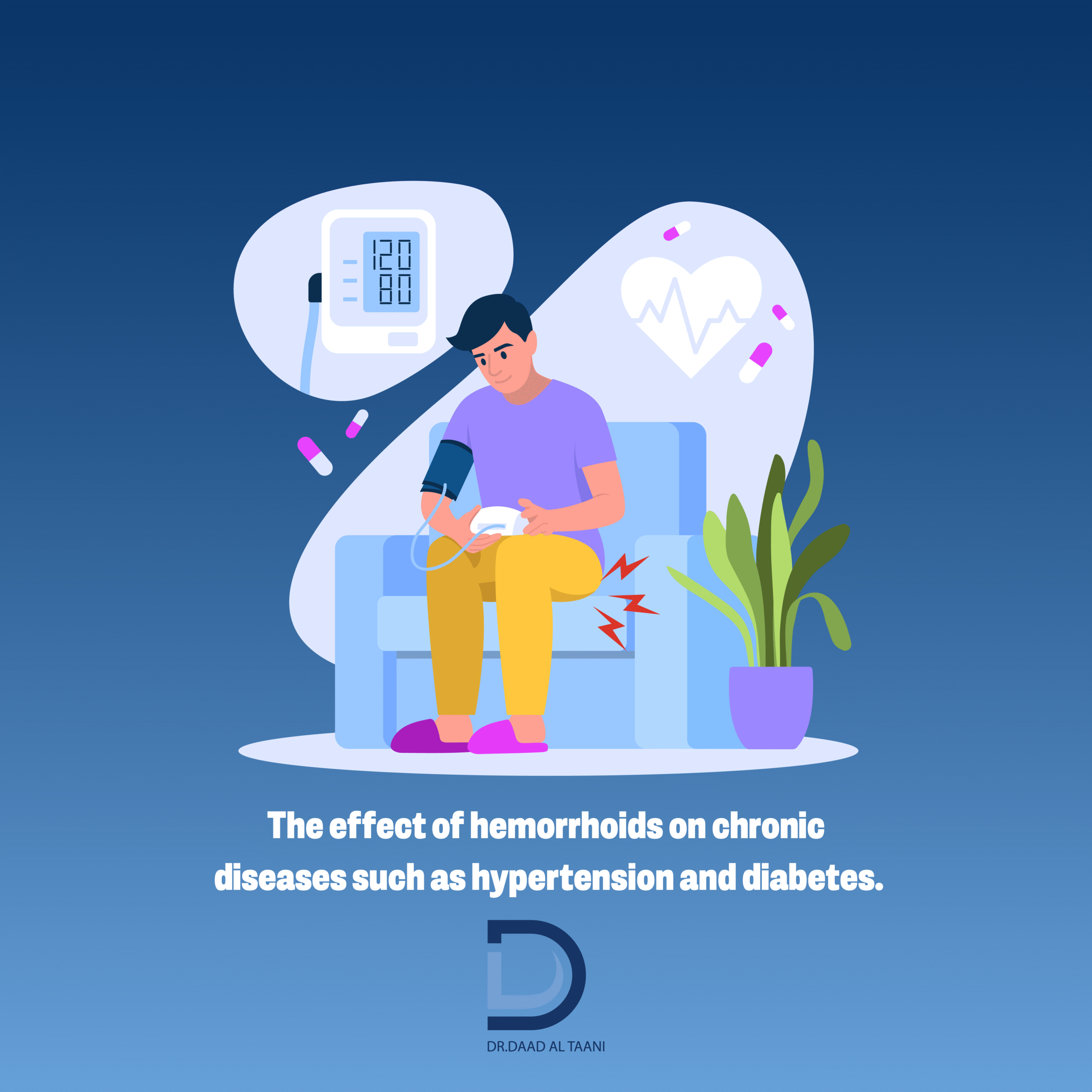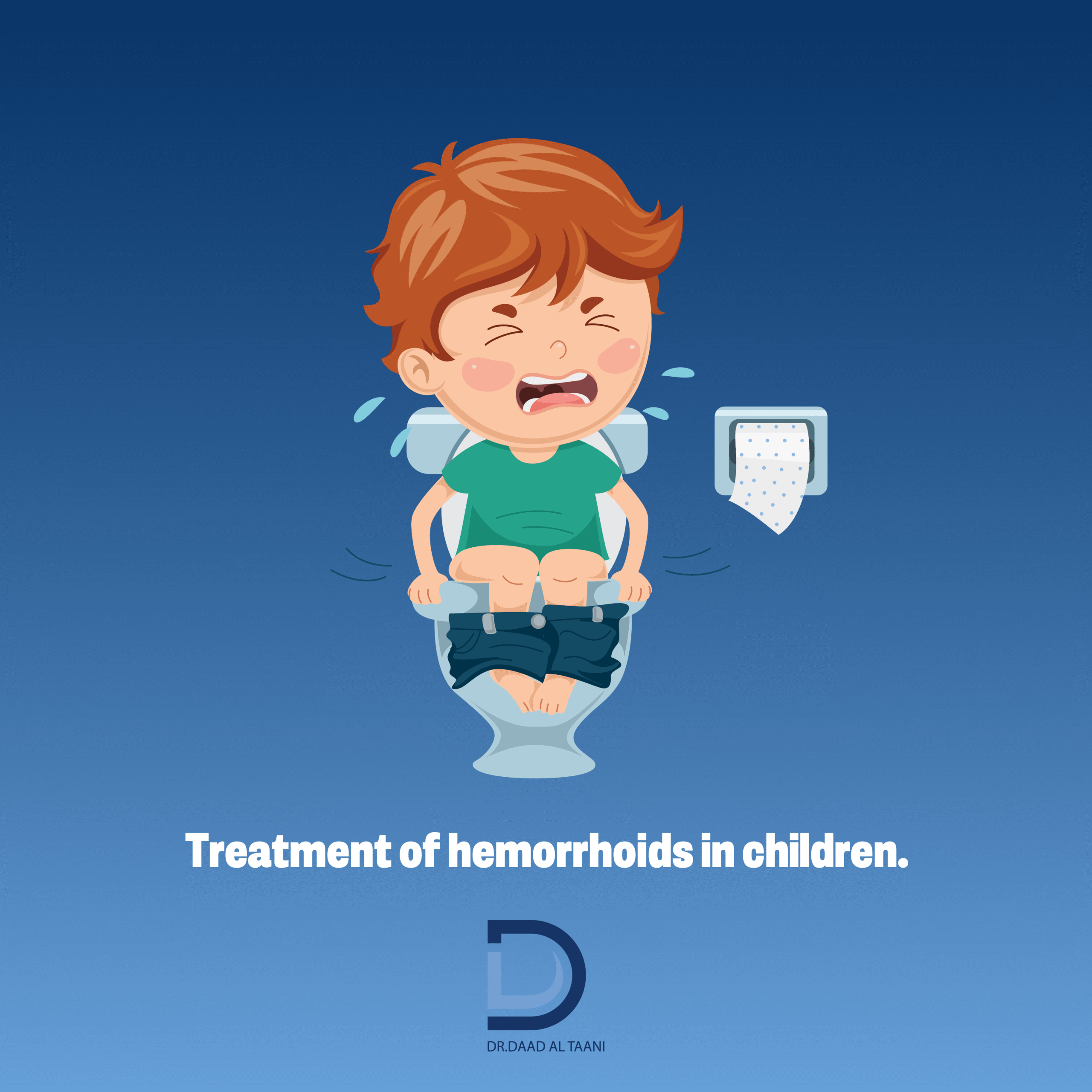Similar Symptoms… But Different Diagnosis and Treatment
Have you ever felt pain, itching, or bleeding in the anal area and didn’t know the cause? Many people experience these symptoms and assume they are due to hemorrhoids. However, the cause could also be an anal fissure or anal fistula. In this article, we explain the differences between these three conditions. We also discuss their causes, symptoms, and available treatments.
Hemorrhoids are swollen and irritated veins in the rectum or around the anus. They are often caused by chronic constipation, pregnancy, long periods of sitting, or a low-fiber diet.
An Anal Fissure happens when hard or frequent bowel movements cause a tear in the anal lining.
An Anal Fistula is an abnormal tunnel that forms, often after an infection or abscess near the anus.
Dr. Daad Al-Taani, a specialist in anorectal diseases, explains that many patients confuse these conditions. Their symptoms are similar, but the treatments are different. She stresses that a correct diagnosis is key to choosing the right solution and preventing recurrence.
Understanding Causes and Treatment Options
Hemorrhoids can often be treated with lifestyle changes, a high-fiber diet, and topical creams. In more advanced cases, rubber band ligation or laser therapy may be used.
Anal fissure is usually treated with stool softeners, pain-relieving ointments, or Botox injections. If the fissure doesn’t heal, a minor surgery might be necessary.
Anal fistula often require surgery. Treatments may include fistulotomy, laser therapy, or the LIFT procedure. The right choice depends on how complex the fistula is. It’s important to see a specialist to avoid complications.
To learn more about these conditions and modern treatments, visit Dr. Daad Al-Taani’s YouTube channel. You’ll find trusted medical advice in simple, easy-to-follow videos to help you understand your condition and take the right steps at the right time.


